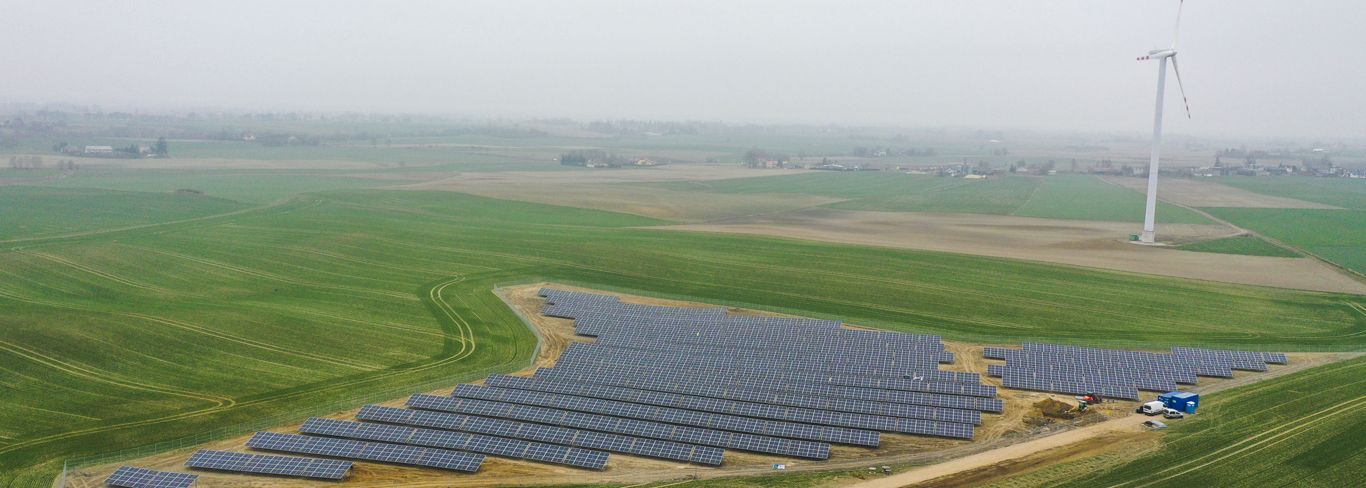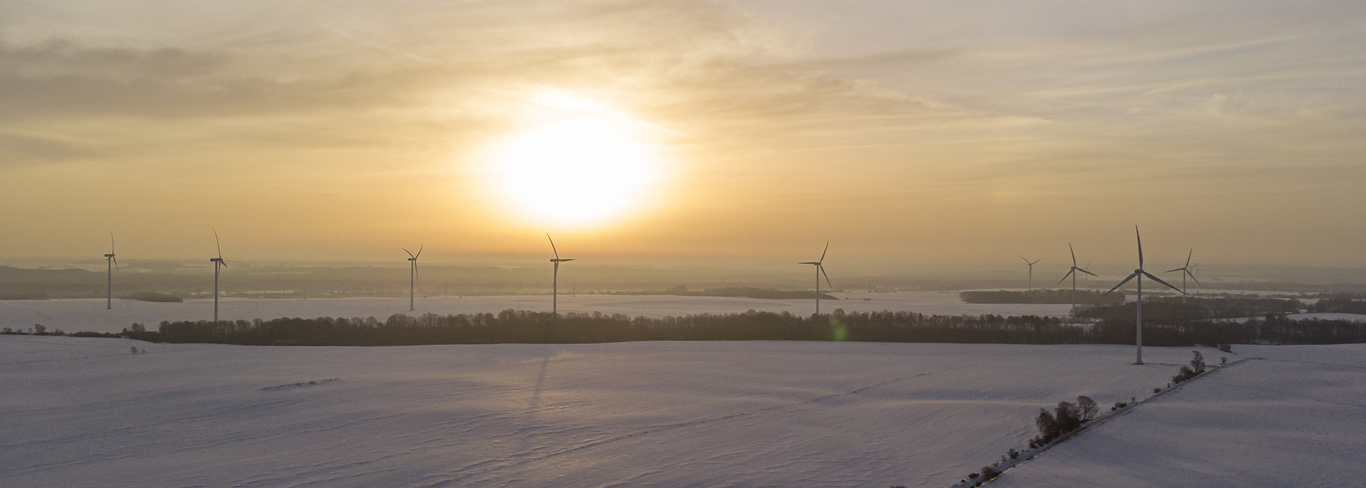
AIR EMISSIONS
Air emissions are monitored through periodic or continuous measurements, so actual emissions of particular substances are controlled on an ongoing basis.
NOx, SOx, and other significant air emissions by type and weight
Substances accounting for the largest percentage of total air emissions from the ORLEN Group’s installations include: sulfur dioxide, nitrogen oxides , carbon monoxide and dioxide, as well as particulate matter. They are generated mainly from the combustion of fuels to produce electricity and heat, as well as in the refining and chemical processes. There are also volatile organic compound emissions and other process-specific emissions
Other emission sources include fugitive emissions other than from process units, including air emissions from combustion of fuel in combustion engines, and disinfectants.
In 2020, total ORLEN Group’s air emissions, including of carbon dioxide, were in excess of 17 million Mg.
Air emissions of all ORLEN Group companies, by type of substance
|
Substance |
Emissions [Mg] |
||
|
2020 |
2019 |
Change [%] |
|
|
Sulfur dioxide |
20,013 |
17,250 |
16.02 |
|
NOx |
12,609 |
9,824 |
28.35 |
|
Carbon monoxide |
8,310 |
5,400 |
53.90 |
|
Particulate matter |
1,019 |
888 |
14.80 |
|
Carbon dioxide |
17,010,022 |
15,919,204 |
6.85 |
|
Other substances |
21,457 |
19,218 |
11.65 |
|
Total emissions |
17,073,431 |
15,971,785 |
6.90 |
The total emissions volume, higher than in 2019, is attributable to the inclusion of Energa Group companies.
Other substances include emissions of volatile organic compounds (VOC): 10,098 Mg, persistent organic pollutants (POP): 0.03 Mg, and hazardous substances (HP): 633 Mg.
Management ofgreenhouse gas emissions
Direct greenhouse gas (GHG) emissions at the ORLEN Group comprise CO2 emissions reported under the EU Emissions Trading Scheme (EU ETS). No biogenic CO2 emissions were identified. There are also CO2 emissions not covered by the EU ETS, which totalled 146,087 Mg in 2020.
Greenhouse gas emissions were balanced monthly for the ORLEN Group companies’ units which participate in the Emissions Trading Scheme (ETS). The utilisation of the CO2 emission allowance allocations was monitored on an ongoing basis for each unit. The total pool of free allowances granted to ORLEN Group installations for 2020 was 7,459,339 Mg.
Verified CO2 emissions from ORLEN Group’s EU ETS installations in 2019–2020 [Mg]
|
Company/ EU ETS installation |
2020 |
2019 |
|
Emissions [Mg] |
Emissions [Mg] |
|
|
ANWIL – CHP plant |
70,964 |
86,822 |
|
ANWIL – vinyl chloride unit |
83,307 |
71,724 |
|
ANWIL – ammonia production unit |
794,573 |
762,677 |
|
ANWIL – nitric acid production unit |
64,459 |
57,659 |
|
Basell Orlen Polyolefins – Polyolefins 3 unit |
40,873 |
41,308 |
|
ORLEN Lietuva – oil refinery |
1,478,463 |
1,599,384 |
|
ORLEN Południe – fractional distillation unit (Jedlicze) |
1,397 |
1,653 |
|
ORLEN Południe – waste oil regeneration unit (Jedlicze) |
11,098 |
10,813 |
|
ORLEN Południe – fractional distillation Unit 3 (Trzebinia) |
9,431 |
11,795 |
|
ORLEN Południe – CHP plant (Jedlicze) |
22,731 |
24,730 |
|
ORLEN Południe – CHP plant (Trzebinia) |
66,035 |
70,610 |
|
ORLEN Południe – bitumen oxidation unit (Trzebinia) |
2,655 |
2,392 |
|
PKN ORLEN – CCGT unit |
1,460,196 |
1,460,944 |
|
PKN ORLEN – CHP plant |
2,612,010 |
2,588,426 |
|
PKN ORLEN – Olefins 2 unit |
893,427 |
889,428 |
|
PKN ORLEN – refinery |
2,567,319 |
2,798,447 |
|
PKN ORLEN – ethylene oxide and glycol unit |
36,307 |
33,729 |
|
PKN ORLEN – CCGT unit (Włocławek) |
1,049,789 |
922,750 |
|
PKN ORLEN – PTA – terephthalic acid production (Włocławek) |
93,359 |
99,247 |
|
PARAMO HS Kolin |
16,004 |
16,086 |
|
PARAMO HS Pardubice |
24,083 |
23,813 |
|
UNIPETROL AGROCHEMIE |
644,524 |
751,603 |
|
UNIPETROL PETROCHEMIE |
2,230,173 |
2,469,797 |
|
UNIPETROL Rafinerie Kralupy |
442,708 |
520,067 |
|
UNIPETROL Rafinerie Litvínov |
321,528 |
420,734 |
|
SPOLANA – power plant |
50,346 |
129,540 |
|
SPOLANA – production of VCM |
28,354 |
29,334 |
|
Energa Ciepło Kaliskie Ciepłownia Rejonowa – heat plant |
27,303 |
|
|
Energa Elektrownie Ostrołęka – Ostrołęka Power Plant B |
1,476,893 |
|
|
Energa Kogeneracja Elektrociepłownia Elbląg – CHP plant |
166,312 |
|
|
Energa Kogeneracja Elektrociepłownia Kalisz – CHP plant |
62,604 |
|
|
Energa Kogeneracja Elektrociepłownia Żychlin – CHP plant |
14,710 |
|
|
ORLEN Group companies – total |
16,863,935 |
15,895,512 |
The results of an independent verification of CO2 emissions were positive for all units.
The Group monitors actual CO2 emissions against its allowances on an ongoing basis, seeking to ensure that it has the required allowance amounts.
CO2 emissions of ORLEN Group companies by source – Scope 1 emissions
|
Emission source |
2020 |
2019 |
|
Technological processes |
7,816,510 |
8,162,984 |
|
Power generation |
9,175,872 |
7,753,619 |
|
Other processes |
1,740 |
2,601 |
Emissions of all greenhouse gases total 17,018,663 Mg, or 17,307,889 Mg of CO2 equivalent
|
Substance |
Emissions [Mg] |
eCO2 |
|
Carbon dioxide (CO2) |
17,010,022 |
17,010,022 |
|
Methane (CH4) |
8,418 |
235,698 |
|
Nitrous oxide (N2O) |
222 |
58,806 |
|
Sulfur hexafluoride (SF6) |
0.07 |
1,528 |
|
HFCs |
1.12 |
1,835 |
|
Total |
17,018,663 |
17,307,889 |
Emissions of ozone-depleting substances
In 2020, ORLEN Group companies emitted 36.56 Mg of the substances referred to in Regulation No. 1005/2009 of the European Parliament and of the Council of September 16th 2009 on substances that deplete the ozone layer.
Types and quantities of ozone-depleting substances at ORLEN Group Companies in 2019– 2020
|
Substance |
2020 |
2019 |
|
Emissions [Mg] |
||
|
Hydrofluorocarbons (HFCs) |
1.12 |
5.36 |
|
Tetrachloromethane (carbon tetrachloride) |
0.07 |
0.04 |
|
1,1,1-trichloroethane |
32.01 |
32.45 |
|
Bromomethane (methyl bromide) |
3.37 |
3.07 |
|
TOTAL |
36.57 |
40.92 |
The substances are used in laboratory and analytical testing, in refrigerating and air conditioning equipment, and as process reagents in the production of chlorine and caustic soda. Trichlorofluoromethane equivalent (CFC-11) for the emitted substances was calculated in accordance with Regulation No. 1005/2009 of the European Parliament and of the Council of September 16th 2009, and amounted to 5.64 Mg.
Carbon footprint
At the beginning of September 2020 PKN ORLEN announced its decarbonisation strategy, which is one of the commitments under the ORLEN Group's new business strategy until 2030. The Company declared its intention to achieve emission neutrality by 2050. In furtherance of this goal, we aim to reduce carbon emissions from the Group’s existing refinery and petrochemical assets by 20% and cut down carbon emissions per megawatt-hour of electricity by 33% by 2030. Our net zero emissions strategy is based on four pillars: energy efficiency in production, zero-emission power generation, fuels of the future, and green finance.
In 2020, activities were continued to calculate the carbon footprint of the organisation and its products, using tools developed in previous years. An organisation’s carbon footprint is calculated on a voluntary basis, and includes direct emissions, energy indirect emissions and other indirect emissions from use of the marketed products. Greenhouse gas emissions in tonnes of carbon dioxide equivalent are calculated in accordance with the GHG Protocol Corporate Accounting and Reporting Standard for Scope 1, Scope 2 (market-based approach) and Scope 3.







